American Wigeon
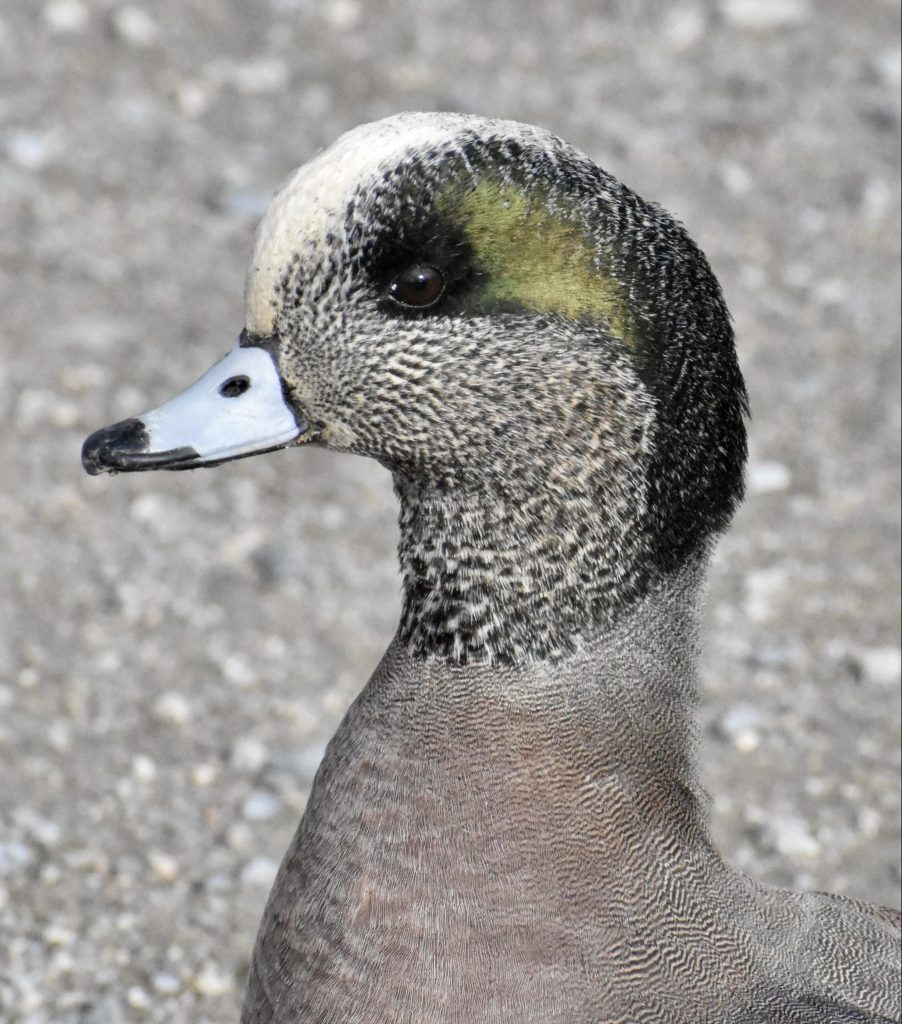
The American Wigeon shows some variation in its plumage, particularly on the head. Drakes with really pale heads are quite sought after, but all the variations are nevertheless handsome. Some of the local names, such as Baldpate and Pepper-Head, are very descriptive.
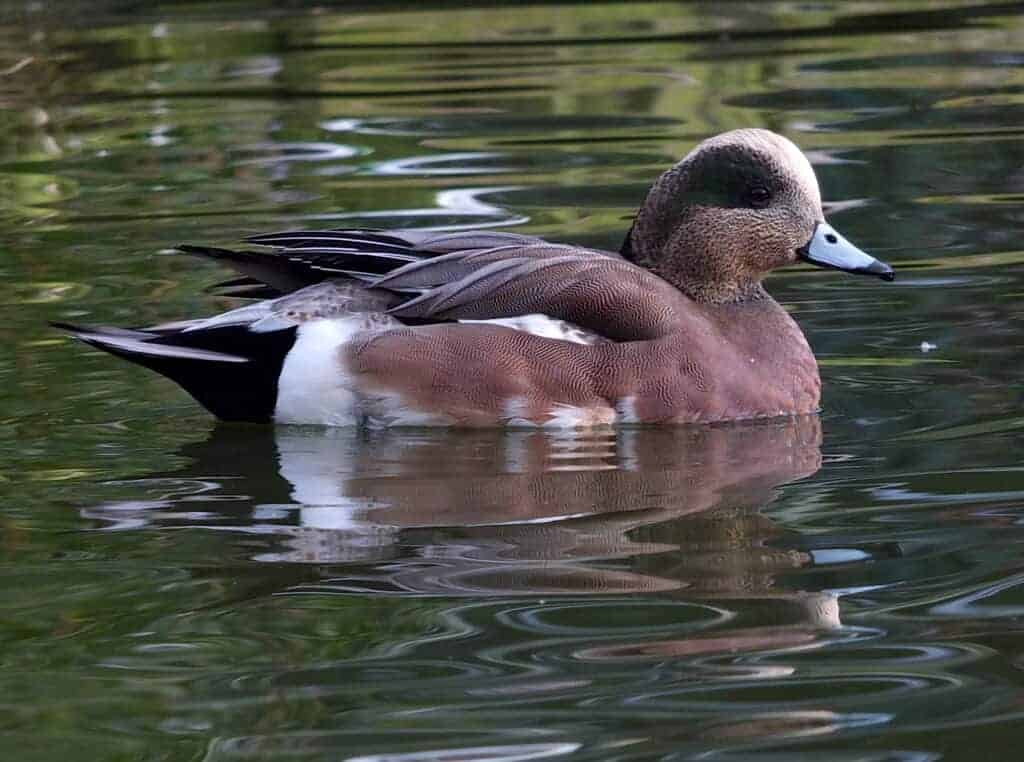
Vagrants are often spotted in the UK, mostly in the winter months. Occasionally wild hybrids between Eurasian Wigeon are seen, like this one below, caught in Scotland in late winter.
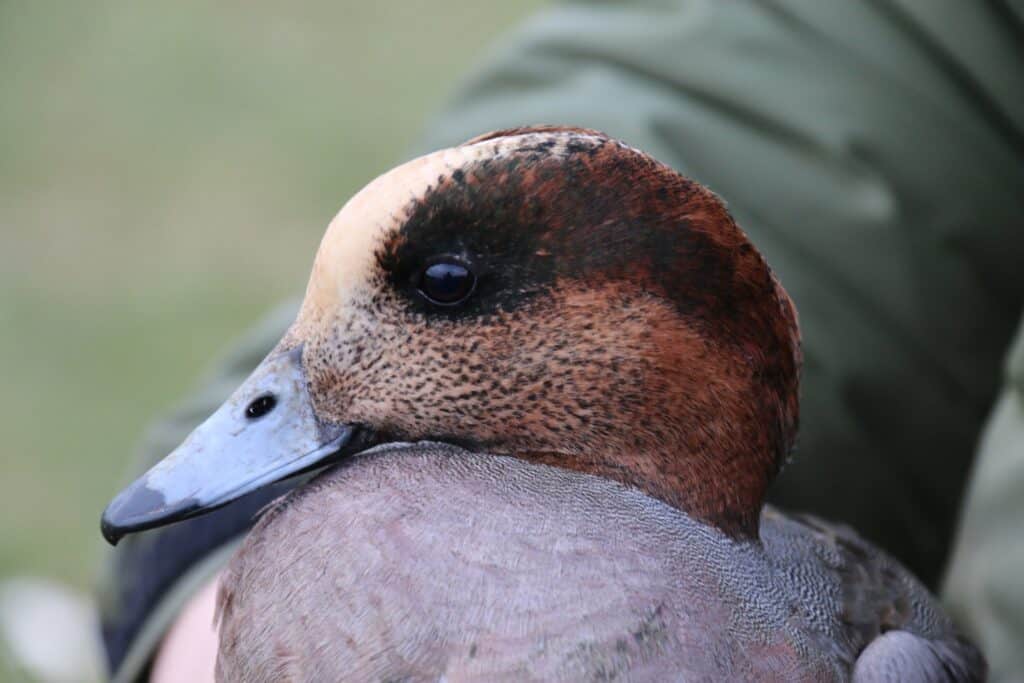
Mareca americana
Slightly larger than its Old World cousin, the American Wigeon is one of the most terrestrial of the northern dabbling ducks and is an enthusiastic grazer. Abundant in their North American home, they move to the south of the continent in winter. Although familiar and widespread, declines in total population can be attributed to loss of habitat in some areas.
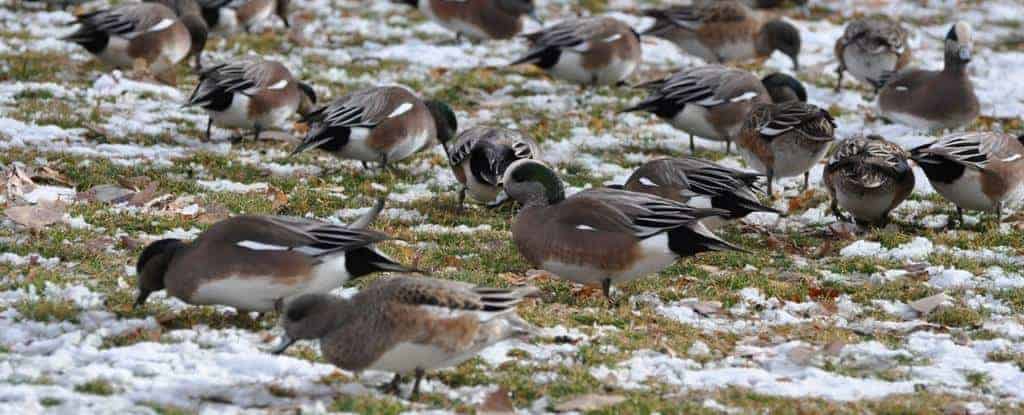
Wary and quick to take to the wing, wintering wigeon will nevertheless exploit parks and golf courses. Maintained grassland is particularly welcome.
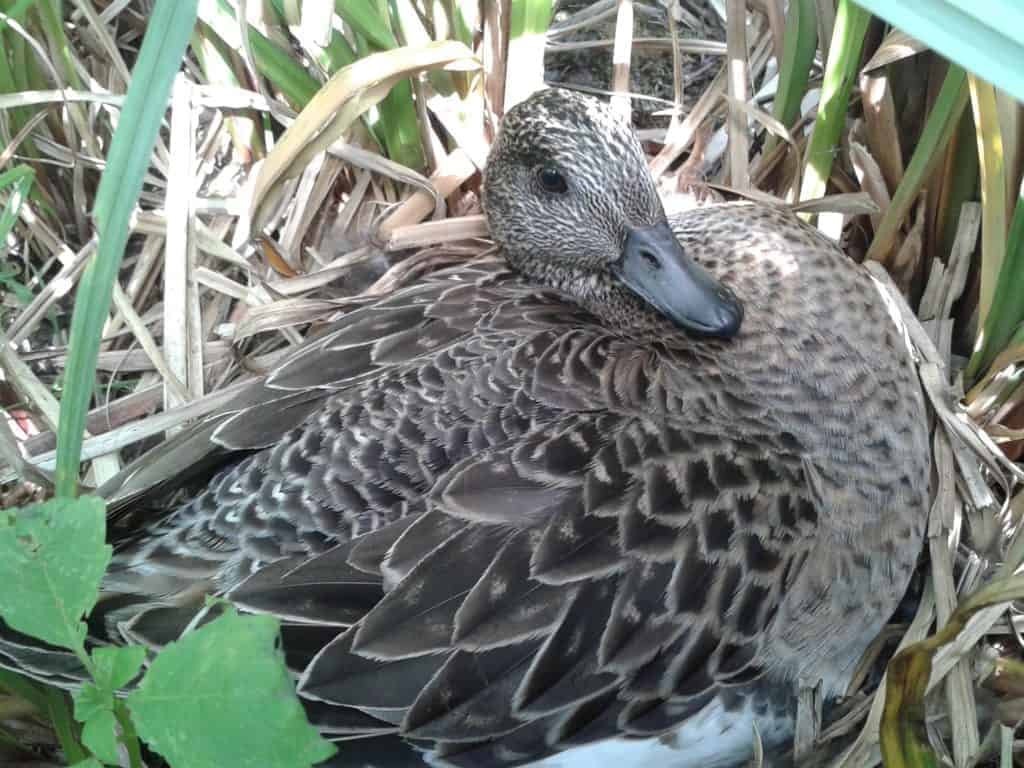
The American Wigeon can be a very tight sitter, but individual ducks may vary. Ducklings mature quickly. Usually wild ducklings will stay with their mother until fledged, but she may abandon them earlier to fly to a moulting site. If she stays and starts moulting, she may be abandoned by fledged ducklings.
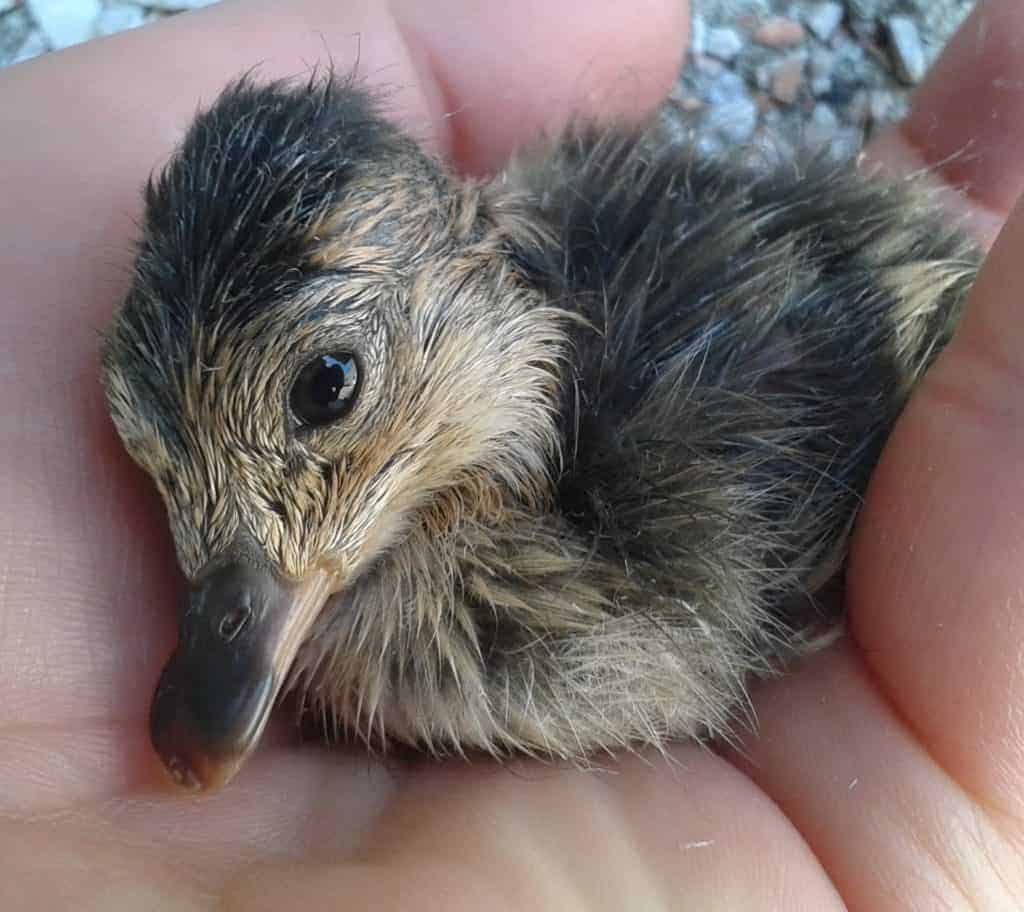
American Wigeon lay a clutch of 6–12 eggs and incubate for an average of 25 days. They like to be concealed in vegetation on the ground, in a depression lined with grass and down. Sometimes the nest may be some distance from the water.
The American Wigeon will hybridise readily with the Eurasian Wigeon, so the two species should not be kept together in the same enclosure.